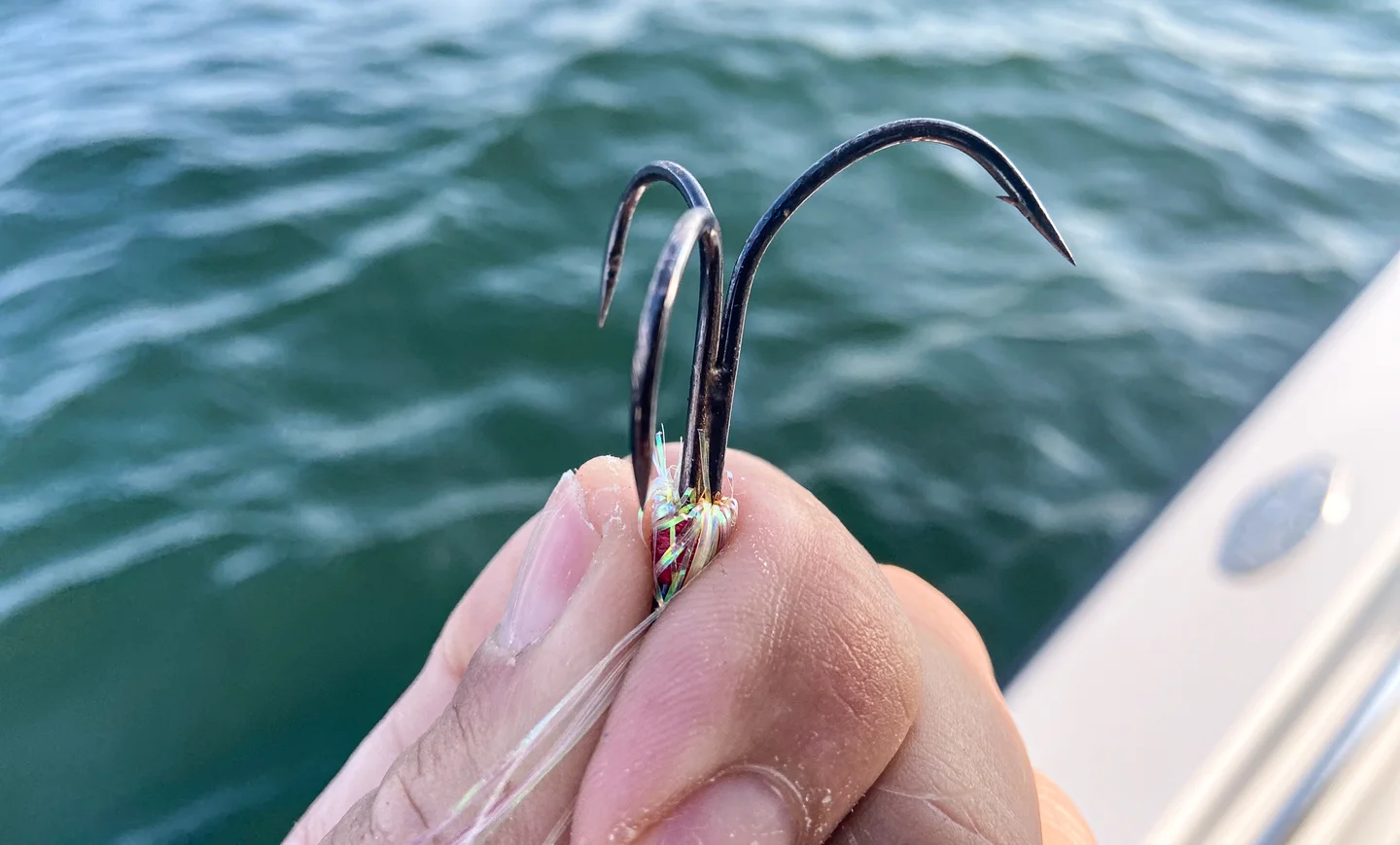As avid anglers, we understand the frustration that comes with encountering equipment failures while out on the water. Below we will explore some of the most common mistakes anglers make with their fishing tackle and provide expert tips on how to prevent them. Whether you’re a beginner or an experienced angler, this guide will help you optimize your fishing gear and enhance your overall fishing experience.
1. Choosing the Right Fishing Line
Selecting the appropriate fishing line is crucial for ensuring a successful fishing trip. Many anglers overlook this aspect, leading to unexpected line breaks and lost fish. Here are some key considerations when choosing a fishing line:
a. Understanding Line Strength and Diameter
When it comes to fishing lines, strength and diameter are vital factors to consider. A line with a higher pound test rating (strength) is suitable for targeting larger fish species, while a lower pound test is ideal for smaller fish. However, it’s important to strike a balance as heavier lines can be more visible to fish, potentially reducing your chances of a successful catch.
b. Matching Line Type to Fishing Conditions
Different fishing conditions require specific line types. Monofilament lines are versatile and work well in a wide range of situations. Fluorocarbon lines, on the other hand, are virtually invisible underwater and are great for clear water fishing. Lastly, braided lines offer exceptional strength and sensitivity, making them ideal for heavy cover situations.
c. Regularly Inspecting and Replacing Damaged Lines
Fishing lines endure wear and tear over time, especially after prolonged use or encounters with sharp objects. It is crucial to inspect your fishing line before each outing and replace any damaged sections. By doing so, you can avoid unexpected line breaks that could cost you a prized catch.
2. Proper Rod and Reel Maintenance
To ensure optimal performance and longevity of your fishing gear, regular maintenance is essential. Here are some tips to keep your rods and reels in top shape:
a. Cleaning and Lubricating Reel Components
Saltwater and freshwater fishing can leave behind residues that may cause reel malfunctions. To prevent this, clean your reel after each fishing trip using a soft cloth and mild soapy water. Additionally, lubricate the reel’s moving parts with a specialized reel oil or grease, following the manufacturer’s recommendations.
b. Checking Rod Guides and Tip-Top Condition
Inspecting the rod guides and tip-top regularly is crucial, as they can become damaged or corroded over time. Damaged guides can cause line fraying and reduced casting distance. Replace any worn-out or damaged guides to maintain optimal performance and prevent potential line breaks.
c. Storing Rods and Reels Properly
When not in use, store your rods and reels in a cool, dry place to prevent moisture damage and corrosion. Consider using protective rod sleeves or a rod rack to avoid bending or breaking the rod during storage or transportation.
3. Ensuring Proper Knot Tying Techniques
A poorly tied knot can lead to a lost fish and wasted time. Mastering essential knot tying techniques is crucial for a secure connection between your fishing line and hooks, lures, or swivels. Here are a few commonly used knots you should practice:
a. Improved Clinch Knot
The improved clinch knot is a popular choice for attaching hooks, lures, or swivels to your fishing line. It is simple to tie and offers excellent strength. Ensure you wrap the line at least five times before passing the tag end through the loop and tightening the knot carefully.
b. Palomar Knot
The palomar knot is known for its strength and is particularly useful for tying braided lines. Double the line, pass it through the eye of the hook, and tie an overhand knot. Then, pass the hook through the loop, moisten the knot, and tighten it carefully.
c. Uni Knot
The uni knot is versatile and can be used for connecting lines of different diameters, tying on terminal tackle, or joining two lines together. Wrap the line around the desired object and make six turns. Pass the tag end through the loop and tighten the knot gradually.
Avoiding fishing tackle fails is crucial for enhancing your fishing experience and increasing your chances of landing that trophy catch. By carefully selecting the right fishing line, maintaining your rods and reels, and mastering proper knot tying techniques, you can significantly minimize equipment-related mishaps and enjoy more successful fishing outings.
Remember, fishing is not just about luck but also about preparation and attention to detail. Take the time to evaluate your gear, practice essential skills, and make informed choices. By doing so, you’ll be well on your way to outranking common fishing tackle fails and becoming a more accomplished angler.
Image: OutdoorLife
Source: OutdoorLife






